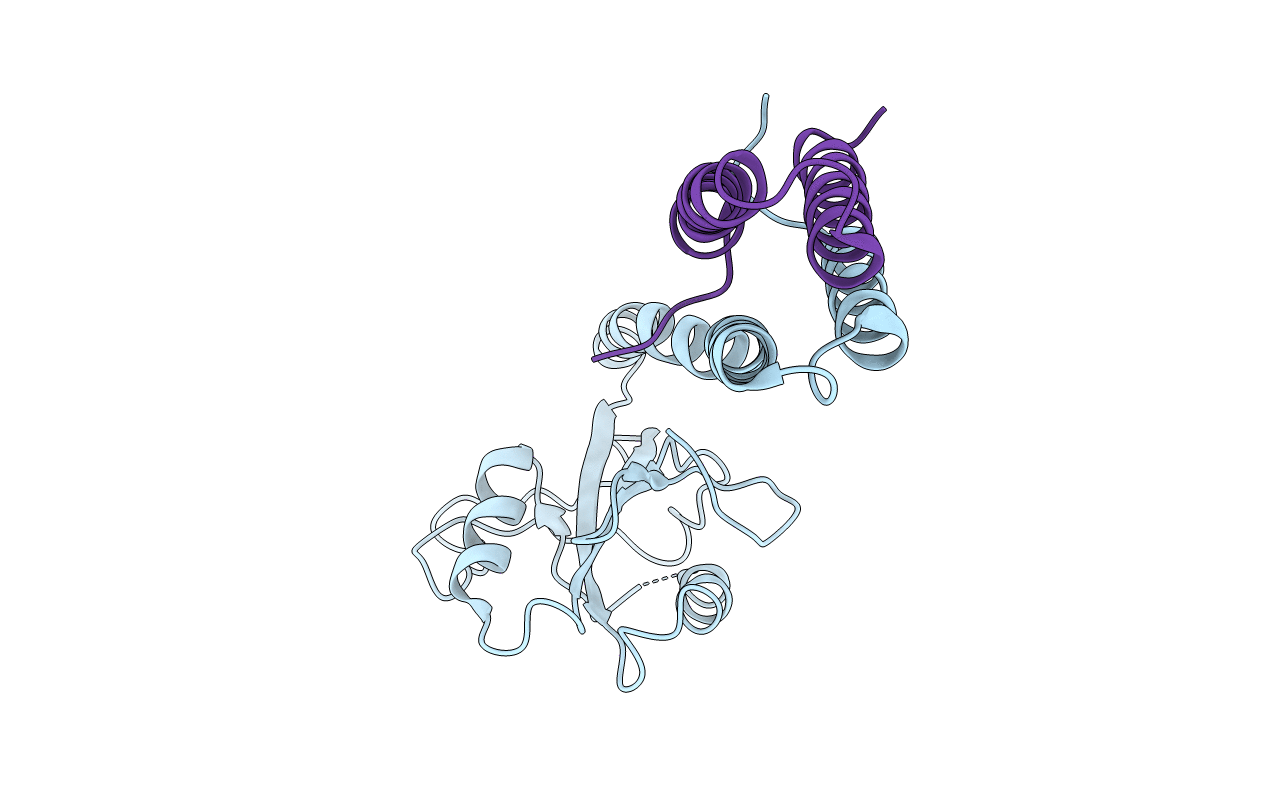
Deposition Date
2012-05-02
Release Date
2013-05-22
Last Version Date
2024-02-28
Entry Detail
PDB ID:
4EYY
Keywords:
Title:
Crystal Structure of the IcmR-IcmQ complex from Legionella pneumophila
Biological Source:
Source Organism:
Legionella pneumophila subsp. pneumophila (Taxon ID: 272624)
Legionella pneumophila (Taxon ID: 400673)
Legionella pneumophila (Taxon ID: 400673)
Host Organism:
Method Details:
Experimental Method:
Resolution:
2.40 Å
R-Value Free:
0.26
R-Value Work:
0.21
R-Value Observed:
0.22
Space Group:
P 21 21 2


